Maize Farming Overview
Maize farming, also known as corn farming, is a common agricultural practice around the world. Maize is a widely grown cereal crop that serves as a staple food for many people and is also used as feed for livestock. Here is an overview of maize farming:
Climate and soil requirements: Maize is a warm-season crop that requires a temperature range of 60°F to 95°F (15°C to 35°C) for optimal growth. It thrives in well-drained soil with a pH between 5.8 and 7.0. It is important to choose a location with adequate sunlight and protection from strong winds.
Varieties: There are numerous maize varieties available, each suited to specific growing conditions and purposes. The choice of variety depends on factors such as climate, soil type, pest and disease resistance, maturity period, and intended use (grain production or silage).
Land preparation: Prepare the land by plowing or tilling to break up the soil and remove any weeds or crop residues. Incorporate organic matter or compost to improve soil fertility. Maize requires good soil moisture, so ensure proper drainage to prevent waterlogging.
Planting: Maize can be planted directly from seeds or transplants. The recommended planting time depends on the climate and the maize variety. Generally, plant maize when the soil temperature has reached around 50°F (10°C) or higher, and the risk of frost has passed. The spacing between plants depends on the variety but is typically around 8-12 inches (20-30 cm) apart in rows with rows spaced about 30-36 inches (75-90 cm) apart.
Fertilization: Maize is a nutrient-demanding crop, and the fertility of the soil should be maintained. Conduct soil tests to determine nutrient deficiencies and apply fertilizers accordingly. Commonly, nitrogen (N), phosphorus (P), and potassium (K) are the primary nutrients required in maize farming.
Irrigation: Adequate moisture is crucial for maize production, especially during critical growth stages. If rainfall is insufficient, supplement with irrigation. Maize requires regular and even moisture supply to ensure optimal growth and yield.
Weed control: Weed competition can significantly reduce maize yields. Control weeds through mechanical methods like hoeing or hand-weeding, or use herbicides. It is essential to remove weeds during the early growth stages of maize to avoid yield losses.
Pest and disease management: Maize is susceptible to various pests and diseases, including armyworms, corn borers, aphids, fungal diseases, and viral infections. Implement integrated pest management strategies, such as crop rotation, use of pest-resistant varieties, biological control methods, and judicious use of pesticides when necessary.
Harvesting: Harvest maize when the kernels are fully mature and the husks have dried and turned brown. Test the moisture content of the grains using a moisture meter. The moisture content should ideally be around 20%. Harvesting can be done manually by cutting the stalks or using mechanical harvesters.
Post-harvest handling: Dry the harvested maize to reduce moisture content further and prevent spoilage. Store the maize in a cool, dry place in proper storage containers to protect it from pests and moisture. Maize can be used for direct consumption, livestock feed, or further processing into various products.
Crop rotation: To maintain soil health and prevent the buildup of pests and diseases, practice crop rotation by alternating maize with other crops. This helps break the pest and disease cycles and improves soil fertility. Common rotation crops include legumes like beans or soybeans, as they fix nitrogen in the soil.
Pollination: Maize is wind-pollinated, and proper pollination is crucial for good kernel development. The tassels at the top of the plant produce pollen, which is carried by the wind to the silks emerging from the ear. To ensure successful pollination, avoid planting different maize varieties with different maturity dates in close proximity, as it may affect pollination due to asynchrony.
Staking or support: Some maize varieties, particularly those with large ears or weaker stalks, may benefit from staking or support to prevent lodging (falling over) during strong winds or heavy rains. This involves tying the stalks to stakes or using other support systems to keep them upright.
Silage production: Maize can be grown specifically for silage, which is fermented fodder used as feed for livestock. For silage production, maize is typically harvested at a younger stage, when the whole plant, including the ears, is chopped into small pieces and ensiled in airtight conditions. Silage maize varieties are selected based on factors like high yield, nutritional quality, and digestibility.
Value-added products: Maize can be processed into various value-added products. These include maize flour, cornmeal, grits, corn oil, corn starch, popcorn, and more. Adding value to maize through processing can create additional income streams for farmers.
Sustainable practices: Consider implementing sustainable practices in maize farming, such as conservation 11tillage (reducing soil disturbance to improve water retention and prevent erosion), cover cropping (planting cover crops during fallow periods to protect and enrich the soil), and precision agriculture techniques (using technology to optimize inputs like fertilizers and irrigation).
Market research: Before venturing into maize farming, conduct market research to understand the demand and potential buyers for your maize produce. Identify local markets, processors, or export opportunities, and consider factors like pricing, storage, and transportation logistics.
Continuous learning: Stay updated with the latest developments and best practices in maize farming. Attend agricultural workshops, seminars, or conferences, join farmer associations or cooperatives, and connect with other farmers to share experiences and knowledge.
Remember that successful maize farming involves careful planning, regular monitoring of the crop, and adapting techniques to local conditions. Local agricultural extension services, universities, and research institutes can provide valuable guidance and resources specific to your region.
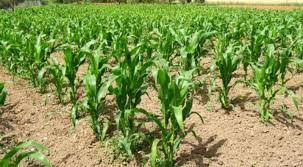









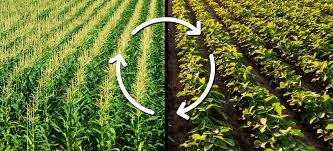


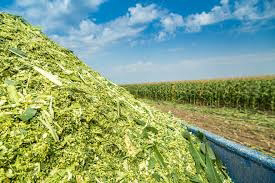
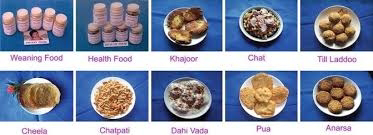
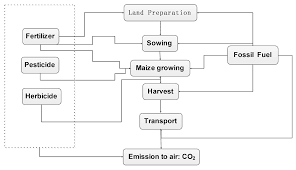
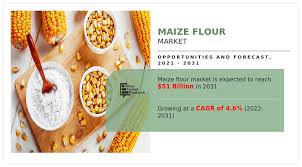
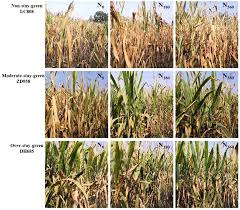



Comments
Post a Comment